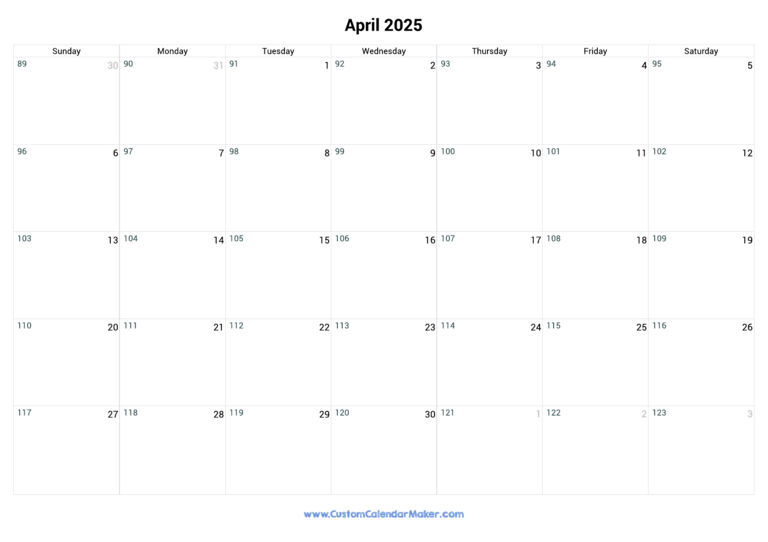Improving Mental Health Literacy Through Effective Education

Table of Contents
Understanding the Components of Mental Health Literacy
Effective mental health literacy involves a multifaceted understanding of mental health. This includes recognizing mental health conditions, identifying risk and protective factors, and knowing where to access help.
Recognizing Mental Health Conditions
Accurately identifying mental health conditions is the first step towards effective mental health literacy. It's crucial to understand that mental health conditions are not simply a matter of willpower or personal weakness. They are complex medical conditions with identifiable symptoms.
- Common Mental Health Conditions: Depression, anxiety disorders (generalized anxiety disorder, panic disorder, social anxiety disorder), obsessive-compulsive disorder (OCD), post-traumatic stress disorder (PTSD), bipolar disorder, schizophrenia.
- Symptoms: Symptoms vary greatly depending on the condition but can include persistent sadness, excessive worry, intrusive thoughts, panic attacks, changes in sleep or appetite, social withdrawal, and difficulty concentrating. It's vital to remember that these are just examples, and a proper diagnosis requires a professional assessment.
- Differentiating from Normal Emotional Experiences: It’s important to distinguish between temporary emotional experiences and persistent symptoms that significantly impact daily life. While everyone experiences sadness or anxiety occasionally, a mental health condition involves a pattern of symptoms that persist over time and interfere with functioning. For further information, consult resources like the National Institute of Mental Health (NIMH) [link to NIMH website] and the National Alliance on Mental Illness (NAMI) [link to NAMI website].
It’s crucial to emphasize that self-diagnosis is unreliable and potentially harmful. Professional assessment by a qualified mental health professional is essential for accurate diagnosis and treatment planning.
Identifying Risk Factors and Protective Factors
Understanding risk and protective factors associated with mental health conditions is vital for early intervention and prevention.
- Risk Factors: Genetic predisposition, traumatic experiences, chronic stress, adverse childhood experiences (ACEs), substance abuse, and social isolation.
- Protective Factors: Strong social support networks, effective coping mechanisms, resilience, access to quality healthcare, and a supportive environment.
Recognizing these factors enables individuals and communities to implement strategies that mitigate risks and foster protective factors, leading to better mental health outcomes.
Knowing Where to Seek Help
Knowing where to turn for help is a critical component of mental health literacy. Many resources are available, but knowing how to access them is essential.
- Mental Health Professionals: Psychiatrists (medical doctors specializing in mental health), psychologists (specialize in the diagnosis and treatment of mental disorders), therapists (counselors, social workers, etc.), and other mental health professionals.
- Available Resources: Crisis hotlines (e.g., the National Suicide Prevention Lifeline [link to lifeline]), online support groups, helplines, and mental health apps. Your primary care physician can also be a valuable resource for referrals and support.
- Accessing Help: The process of seeking help can often feel daunting. However, understanding the different types of professionals and resources available, and demystifying the process, can encourage individuals to seek help when needed.
Effective Educational Strategies for Enhancing Mental Health Literacy
Improving mental health literacy requires a multi-pronged approach involving various educational strategies.
Incorporating Mental Health Education in Schools
Integrating mental health education into school curricula is paramount for early intervention and promoting long-term wellbeing.
- Age-Appropriate Curricula: Developing age-appropriate educational materials that teach children and adolescents about mental health conditions, coping strategies, and help-seeking behaviors.
- Teacher Training: Equipping teachers with the knowledge and skills to identify and support students struggling with mental health challenges.
- Peer Support Programs: Implementing peer support programs where students can learn from and support each other.
- Integration into Existing Programs: Integrating mental health education into existing health and physical education programs.
Utilizing Public Awareness Campaigns
Public awareness campaigns play a vital role in shaping public perceptions of mental health and reducing stigma.
- Successful Campaigns: Analyze successful campaigns that effectively communicate mental health information and promote help-seeking behaviors. Examples include campaigns highlighting the importance of seeking help for anxiety or depression.
- Media Utilization: Utilizing diverse media platforms, including social media, television, radio, and print, to reach broader audiences.
- Reaching Diverse Populations: Tailoring messages to resonate with different cultural backgrounds and demographic groups, ensuring inclusivity and accessibility.
Promoting Mental Health Literacy in the Workplace
Investing in employee mental health is crucial for creating a productive and supportive work environment.
- Employee Assistance Programs (EAPs): Providing access to confidential counseling and support services for employees.
- Mental Health Awareness Training: Offering training programs to employees and managers to increase understanding and reduce stigma.
- Supportive Work Environment: Creating a workplace culture that values mental wellbeing and encourages open communication about mental health concerns.
Overcoming Barriers to Effective Mental Health Literacy Education
Several challenges hinder the effectiveness of mental health literacy education.
Addressing Stigma and Misconceptions
Reducing stigma is critical to improving mental health literacy.
- Common Misconceptions: Addressing common misconceptions surrounding mental illness, such as the belief that mental illness is a sign of weakness or that people with mental illness are dangerous.
- Impact of Stigma on Help-Seeking: Highlighting the negative impact of stigma on individuals' willingness to seek help.
- Strategies for Reducing Stigma: Promoting empathy, understanding, and acceptance through education and advocacy.
Ensuring Accessibility and Inclusivity
Educational materials must be accessible and inclusive to reach diverse populations.
- Tailored Materials: Developing educational resources tailored to different age groups, cultural backgrounds, and learning styles.
- Multiple Languages and Formats: Providing information in multiple languages and formats (e.g., videos, infographics) to ensure accessibility.
Measuring the Effectiveness of Educational Interventions
Data-driven evaluation is essential for improving mental health literacy initiatives.
- Evaluation Methods: Employing various evaluation methods, such as surveys, focus groups, and outcome measures, to assess the impact of educational interventions.
Conclusion
Improving mental health literacy is not merely an educational endeavor; it's a societal imperative. By understanding the components of mental health literacy, implementing effective educational strategies, and overcoming existing barriers, we can create a more supportive and informed society. We've explored recognizing mental health conditions, identifying risk and protective factors, knowing where to seek help, and strategies for effective education in schools, workplaces, and through public campaigns. Invest in better mental health literacy by sharing this article, participating in awareness campaigns, and advocating for mental health education in your communities. Let's work together to promote mental health literacy initiatives and build a healthier, more compassionate world where everyone feels supported and understood. Promote mental health literacy – it's an investment in our collective wellbeing.

Featured Posts
-
 Rocket Launch Scrubbed Blue Origin Cites Vehicle Subsystem Problem
May 03, 2025
Rocket Launch Scrubbed Blue Origin Cites Vehicle Subsystem Problem
May 03, 2025 -
 Daily Lotto Draw Results Tuesday 15th April 2025
May 03, 2025
Daily Lotto Draw Results Tuesday 15th April 2025
May 03, 2025 -
 Fortnite Chapter 6 Season 2 Server Outage And Lawless Update
May 03, 2025
Fortnite Chapter 6 Season 2 Server Outage And Lawless Update
May 03, 2025 -
 Nhs Gender Policy Under Scrutiny Norfolk Mps Supreme Court Case
May 03, 2025
Nhs Gender Policy Under Scrutiny Norfolk Mps Supreme Court Case
May 03, 2025 -
 15 April 2025 Daily Lotto Results
May 03, 2025
15 April 2025 Daily Lotto Results
May 03, 2025
Latest Posts
-
 La Douleur Des Victimes Israeliennes Emmanuel Macron Temoigne D Une Profonde Emotion
May 04, 2025
La Douleur Des Victimes Israeliennes Emmanuel Macron Temoigne D Une Profonde Emotion
May 04, 2025 -
 Reaction Emue D Emmanuel Macron Rencontre Poignante Avec Des Victimes De L Armee Israelienne
May 04, 2025
Reaction Emue D Emmanuel Macron Rencontre Poignante Avec Des Victimes De L Armee Israelienne
May 04, 2025 -
 Netanyahu Juge La Politique Palestinienne De Macron Dangereuse
May 04, 2025
Netanyahu Juge La Politique Palestinienne De Macron Dangereuse
May 04, 2025 -
 Emmanuel Macron Face A La Douleur Images Rares D Une Rencontre Emouvante Avec Des Victimes Israeliennes
May 04, 2025
Emmanuel Macron Face A La Douleur Images Rares D Une Rencontre Emouvante Avec Des Victimes Israeliennes
May 04, 2025 -
 Position De Netanyahu Un Etat Palestinien Une Grave Erreur Pour Macron
May 04, 2025
Position De Netanyahu Un Etat Palestinien Une Grave Erreur Pour Macron
May 04, 2025
